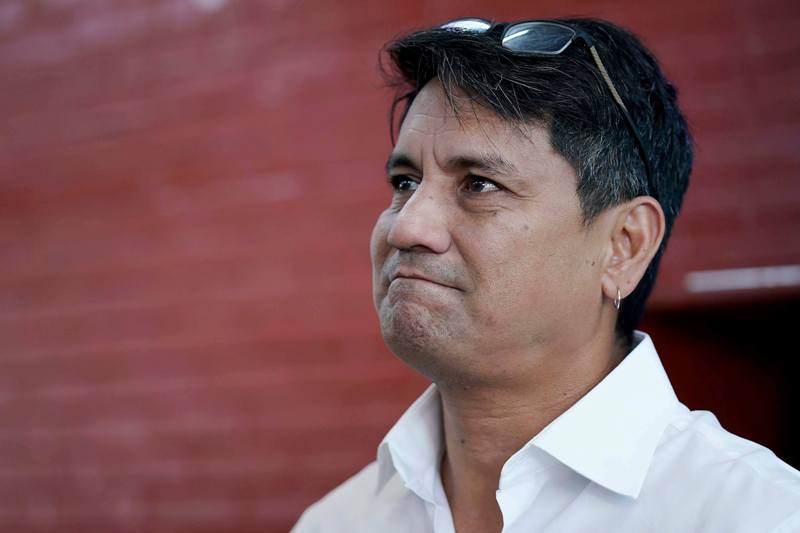THE nation remembers today the president of the country who presided over its transition after 20 years of martial law and authoritarian rule – Corazon C. Aquino, first woman president of the country.
The years following the People Power Revolution of 1986 were critical ones in our history. Mrs. Aquino found herself at the center of a maelstrom of political, social, military, and other activity as the nation’s established political leaders chose her to lead that period of recovery.
The Constitution that was drawn up by her Constitutional Commission and ratified in 1987 is in force to this day, and many are resisting efforts to replace it with a new one built around a federal system of government.
Her administration came to be known for the return of democratic institutions, and also for landmark laws, including the Family Code of 1987, the Administrative Code of 1987, and the Local Government Code of 1991. She addressed a joint session of the US Congress in 1986, after which the US House voted for $20-million emergency aid to the Philippines. The next year, she met with Soviet President
Mikhail Gorbachev in Moscow, thus paving the way for Philippine-Soviet friendship.
It was also during this critical period in Philippine history that American forces withdrew from the Philippines, following the eruption of Mt. Pinatubo in 1991. When the American flag was lowered at Subic in 1992, it was the first time since the 16th century that no foreign military forces were present in the country.
At the end of her six-year term, she rejected moves for her to seek reelection as she had not been elected under the 1987 Constitution, but she declined all requests, wanting to set an example “that the presidency is not a lifetime position.” For this, she is remembered by many in subsequent times marked by so much maneuvering and suspicions of political ambition in the nation’s political life.
President Aquino turned over her power and responsibility to her successor, President Fidel V. Ramos, in 1992, then retired to an active life of participation in political and social issues until she passed away on Aug. 1, 2009. We remember her on her anniversary today as our Icon of Democracy who set an example of leadership in times of transition such as ours today.


